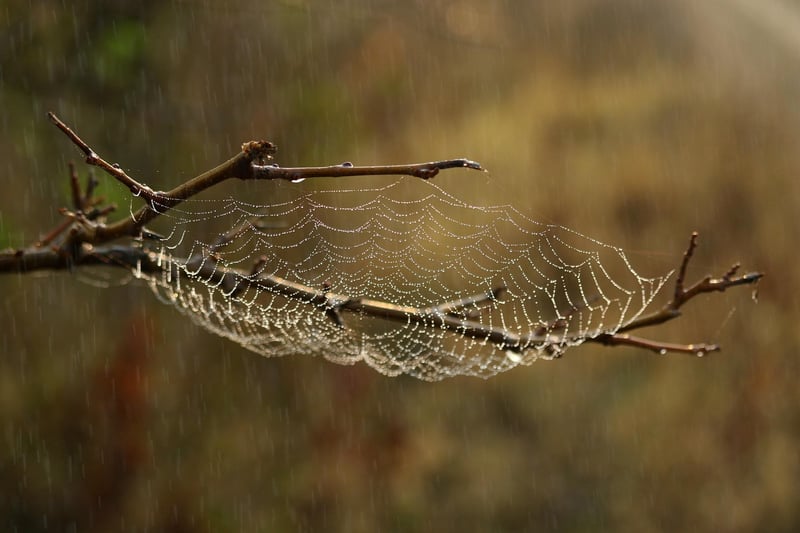Orbital Habitats
The Future of Living: Orbital Habitats
As humanity ventures further into space exploration, the concept of orbital habitats is becoming increasingly relevant. These advanced structures hold the potential to revolutionize the way we live and work beyond Earth's atmosphere.
Benefits of Orbital Habitats
Orbital habitats offer a range of advantages that make them an exciting prospect for the future:
- Space Utilization: By utilizing the vast expanse of space, orbital habitats provide ample room for living, research, and recreation.
- Resource Efficiency: These habitats can be designed to recycle resources efficiently, minimizing waste and creating a sustainable living environment.
- Low Gravity Research: Living in low gravity environments enables groundbreaking research in various fields, including medicine, materials science, and biology.
- International Collaboration: Orbital habitats have the potential to bring together nations in a shared effort to explore and inhabit space, fostering cooperation and unity.
Design and Construction
The design and construction of orbital habitats require innovative engineering solutions to ensure the safety and functionality of these structures. Concepts such as rotating habitats to simulate gravity, utilizing 3D printing technologies for construction, and incorporating sustainable systems for life support are key considerations in their development.
Challenges and Solutions
While the idea of orbital habitats holds great promise, several challenges need to be addressed, including radiation exposure, long-duration space travel effects on human health, and the high cost of construction. Scientists and engineers are actively working on solutions to overcome these obstacles, such as advanced shielding materials, medical countermeasures, and cost-effective construction techniques.
Exploring the Unknown
Orbital habitats represent a step towards a future where humans can live and thrive in space, expanding our horizons beyond Earth. As technology advances and our understanding of space grows, these habitats may one day become a reality, opening up a new chapter in our exploration of the cosmos.

Image Source: Pixabay
